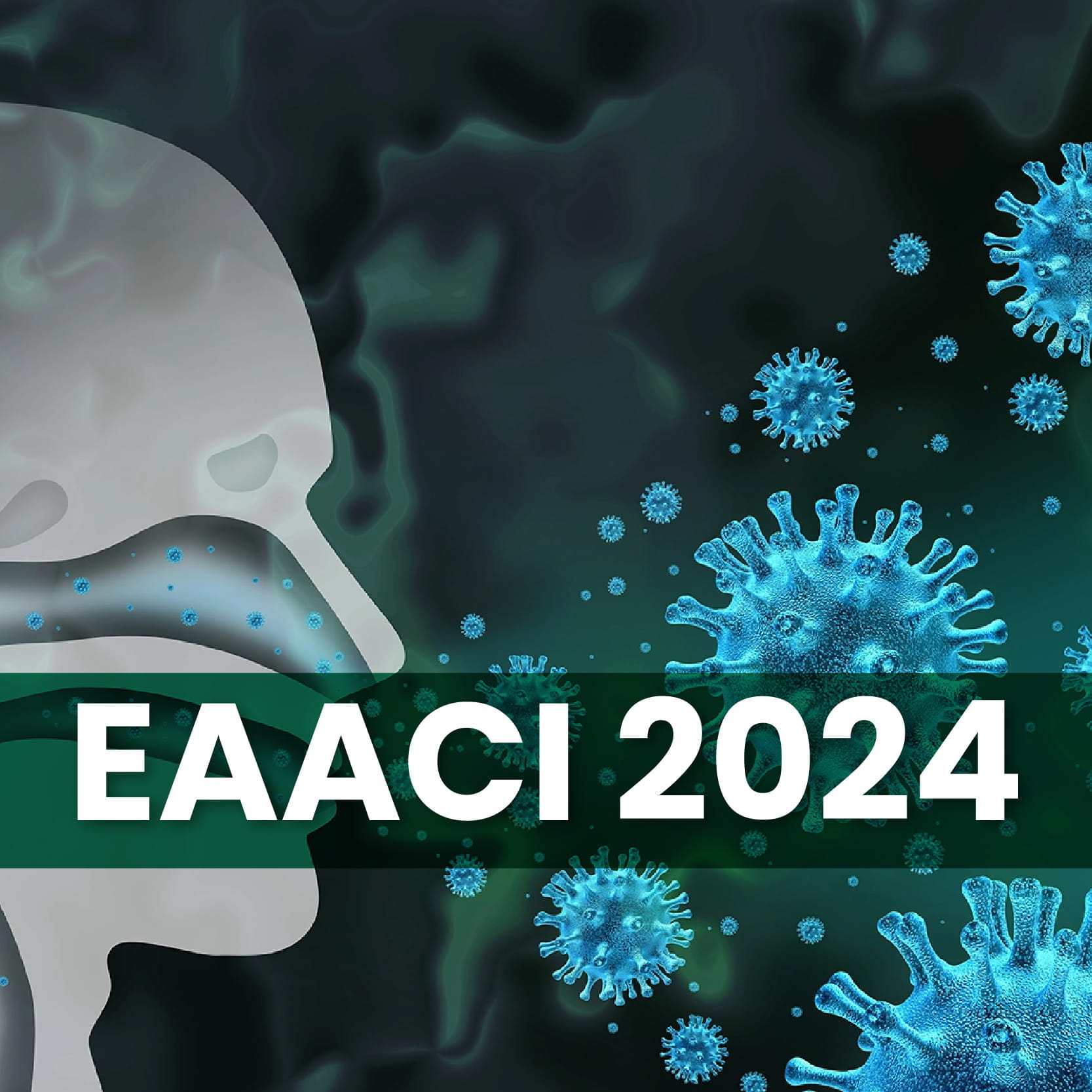Mycetoma - Wendy Van De sanDe
Diagnosis includes clinical presentation, punch or incisional biopsy to confirm causative agent, direct smear, histology and culture. X-ray detects bone involvement, diffused pattern with small cavities is indicative of actinomycetoma and larger cavity indicates eumycetoma. Actinomycetoma on ultrasound show less distinct hyper-reflective echoes and large capsule outline whereas eumycetoma has sharp echoes and less clear capsule outline. Molecular identification requires DNA and amplification method. For treating actinomycetoma, long-term antibacterial therapy with co-trimoxazole cures 95% of the patients. For eumycetoma, itraonazole in combination with surgery is required and, amputation might be needed. It can take more than a year for eumycetoma to get cured. Currently no breaking point has been established for determining the causative agents of eumycetoma. Eumycetoma treatment is difficult because the drug needs to penetrate collagen capsule, inflammation zone, grain and cement material before reaching the fungal lesion. Open source drug discovery projects are conducted to develop drugs that can penetrate the grain. Based on the screening of 1600 compounds, the current focus is on 6 compound series: fenarimols, aminothiazoles, phenothiazines, antifolates, benzimidazoles and ketoximes. Chemical characteristics of the molecules are tested for their ability to penetrate the mycetoma grain. Envisioned outcome is to have effective drugs and no requirement for amputations.
Podoconiosis (non-filarial elephantiasis) - Melanie Newport
Podoconiosis is a progressive, non-infectious lymphoedema caused by long-term exposure of bare feet to irritant soil. It is rarely seen outside endemic areas. Dr. Ernest Price in his studies observed certain necessary conditions responsible for podoconiosis viz. red clay volcanic soil with high silica and aluminium content, high altitude of >1000 m above sea level, high seasonal rainfall of >1000 mm/year, extreme poverty, barefoot subsistence farmers. Pathology studies performed by him showed silicate particles absorbed through the foot in skin, lymph nodes and lymph vessels. He also observed that kaolinite in macrophage phagosomes, intense lymphocytic infiltration in the subcutaneous tissue with oedema and collagenisation of lymphatic vessels lead to fibrosis and obliteration of the lumen.
History and clinical features of podoconiosis are:
-
Onset in second decade of life, affects male and female equally
-
Family history is noted.
-
Starts with itching or burning sensation in the foot. Initially, swelling develops in the foot and with time it spreads up the leg, rarely ascending beyond the knee.
-
Fibrosis and skin changes occur giving elephantiasis appearance, known as ‘mossy foot’. There is also hyperkeratosis of skin and nodule formation.
-
Usually bilateral but asymmetrical- an important feature for differential diagnosis including lymphatic filariasis, leprosy, chronic diseases that causes ankle swelling.
-
Complications include acute inflammatory episodes, secondary bacterial and fungal infections with unpleasant smell and joint fixation.
Multidisciplinary international research programme addresses aetiology, consequences, clinical aspects, long-term prevention and elimination of podoconiosis. According to this, the infection is prevented by wearing shoes. Podoconiosis had a global presence before, in countries with volcanic activity, but it disappeared in those with economic development, indicating elimination was possible. A systematic review showed presence of podoconiosis in 32 countries, mostly Africa. Prevalence is up to 8%, with 4 million estimated global cases of which 1.5 million are in Ethiopia. It has a huge economic burden, and more than 50% patients are physically disabled, with associated severe social stigma, anxiety and depression. Simple treatment like washing soil off the feat and compression bandaging is effective. Studies show heritability with 63% phenotype of genetic origin. GWAS results showed that variance within the class 2 HLA region were strongly associated with podoconiosis. Immune system study showed activation markers raised on CD4 and CD8 T cells, high background levels of pro-inflammatory cytokines, and 143 down-regulated and 108 up-regulated genes. The overall aim of the research was to ultimately to prevent and eliminate podoconiosis and to persuade policy makers to bring policies to achieve it.
Sporotrichosis (Focus on Sporothrix brasiliensis infection) - Flavio Queiroz-Telles
It is an emerging disease and one of the fungal neglected tropical diseases. The epidemiological burden is unknown and commercial diagnostic tools are unavailable. It is the most prevalent and globally distributed among the implantation (subcutaneous) mycoses, caused by several species of genus Sporothrix. S. schenckii is sapronotic and zoonotically transmitted. S. globosa is prevalent is China and is sapronotic. S. brasiliensis is prevalent in Brazil and is transmitted by cats. The epidemiologic features are: endemic in areas of LATAM, Africa and Asia clustered cases, an outbreak or an occupational disease. Sporothrix spp are thermos-dimorphic fungi which means it exists in mycelium and yeast form. S. brasiliensis has high virulence because of thermotolerance, strong cell wall melanization, biofilm production, and has direct transmission by the yeast form. Global estimate shows 40,000 cases of sporotrichosis per year. The zoonotic outbreak is expanding in Brazil and other South American countries.
Clinical case 1: An 8-year-old girl from Brazil had painless erythematous papular lesion on nose and cervical lymph adenomegaly. Her cat’s swap test revealed high level of yeast form.
Clinical case 2: 13-month-old girl from Brazil developed skin and conjunctival lesions due to exudates of the pet cat. Time of evolution of paediatric sporotrichosis study showed shorter time of onset in Brazil than Mexico. Risk factors for S. brasiliensis infections: cat owners, non-castrated animals, veterinarians. Clinical forms of human sporotrichosis: cutaneous forms include 55% lymphocutaneous and 25% fixed. Extracutaneous forms include ocular, pulmonary, neurological, etc. Severe disease is associated with immunosuppression (HIV-AIDS, diabetes). Incidence of cat-transmitted sporotrichosis from 2011 to 2021 increased from 0.2% to 21% in Brazil. Cases increased during COVID-19 lockdown due to increased cat adoption. Genotyping isolates revealed 81 out of 95 isolates of S. brasiliensis in Southern Brazil. Ocular manifestation of 120 cases in Rio de Janeiro revealed 86% granulomatous conjunctivitis. Findings on sapronotic sporotrichosis in rural China showed burned wood splinters and cornstalks for heating as a major cause of incidence. Difference in human and feline sporotrichosis is that cats have much higher fungal burden and the disease is more disseminated. Zoonotic transmission occurs due to scratches, bites, and contact with infected secretions. Differential diagnosis is Teeny’s disease caused by gram negative bacteria, affects less than18 years old, and patients present with fever. For diagnosis, culture testing is gold standard method and clinical features are also seen. ‘Probable evidence level’ diagnosis criteria may reduce morbidity and therapy duration. For treatment, itraconazole 200 mg is most preferred, followed by terbinafine.
Mycobacterium ulcerans disease (Buruli ulcer) - Prof. Richard O.Phillips
Mycobacterium ulcerans diseases is an infectious, neglected tropical disease (NTD) of skin, distributed mainly in western and central Africa and Australia. The global burden appears to have reduced but cases have increased in Australia from 2003 to 2022. It has a focal distribution in the affected countries. Age wise, more than 50% cases were seen in less than 20 years old in Ghana, but the distribution is more in elderly population in Australia. The pathogenesis of M. ulcerans is based on the mycolactone toxin. Variant distribution is A/B in African, C in Australia and D in Asia. Reductive evolution show more than 98% nucleotide sequence identity with M. marinum. Mycolactone causes cell cycle arrest, apoptosis, suppresses T-cell function and down regulates inflammatory mediators and coagulation. Clinically, buruli ulcer can appear as papule (seen in Australia), plaque, nodule or oedema. They are painless, non-tender, attached to skin and has no signs of inflammation. Natural progress of the disease is ulceration with necrotic slough, undermined edges, and no pain. Diagnosis is confirmed by PCR (98% sensitivity). New techniques in development include isothermal amplification assays (RPA, LAMP) and serological assays. WHO has put up a laboratory network, the BU-LABNET, to improve quality of data on BU. BU management includes antibiotics, good nutrition, wound care, skin grafting, disability prevention and rehabilitation. Rifampicin-streptomycin (RS) combination in early BU lesions demonstrated improvement with no 1-year recurrence. RS for 4 weeks followed by rifampicin-clarithromycin (RC) for 4 weeks showed non-inferior results compared to RS for 8 weeks. RS for 2 weeks followed by RC for 6 weeks showed 93% success rate. Mycolactone decreased post antibiotic treatment. RC for 8 weeks showed similar improvement as RS for 8 weeks. Current recommendation for BU by WHO- rifampicin 10 mg/kg + clarithromycin 15 mg/kg for 8 weeks. Paradoxical reactions after initiation of antibiotics was seen in 68% population during the treatment and it prolonged median healing time (28 vs. 13 weeks). Upcoming study show Q203 (telacebec) could potentially reduce recurrence if given for 2 weeks. Current priorities include need for point of care, shortening antibiotic therapy and better understanding of transmission of the disease.
European Congress of Clinical Microbiology and Infectious Diseases, 15-18 April 2023, Copenhagen, Denmark




